Well, today I didn't go out for a walk; instead, we had dinner with the family in a restaurant. And I made some experiments with shooting RAW, at ISO 1000, which I thought would be well beyound the reasonable limit, showing plenty of noise.
But although there is noise, it wasn't so bad as I thought it would be. Here you have three pairs of photographs. Can you say which are developed from RAW and which are original LX5 JPEG files? (This time I shot RAW+JPEG so that I got exactly the same scene to compare.)
However, my attempts at getting the RAW development right in Aperture are still so weak as to be non-existent, so this is probably not a very difficult question...
Monday, August 22, 2011
Panasonic LX5 at ISO 1000 (Aperture RAW vs. JPEG)
Subscribe to:
Post Comments (Atom)
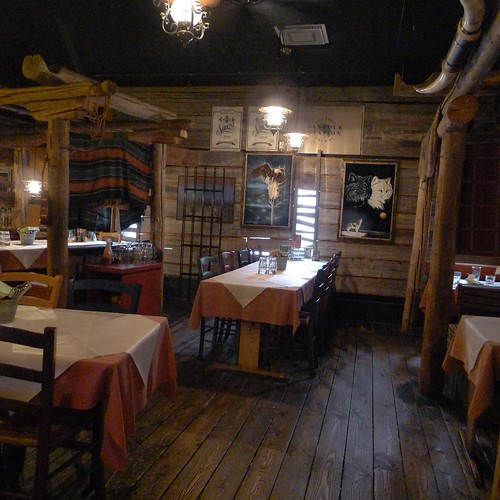
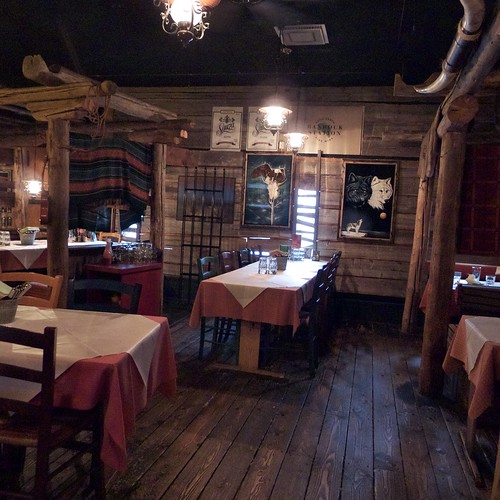
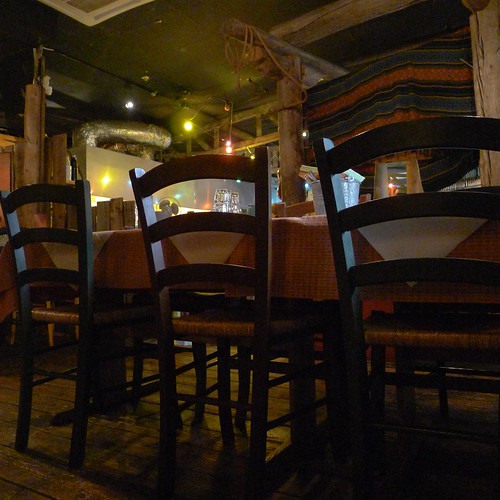
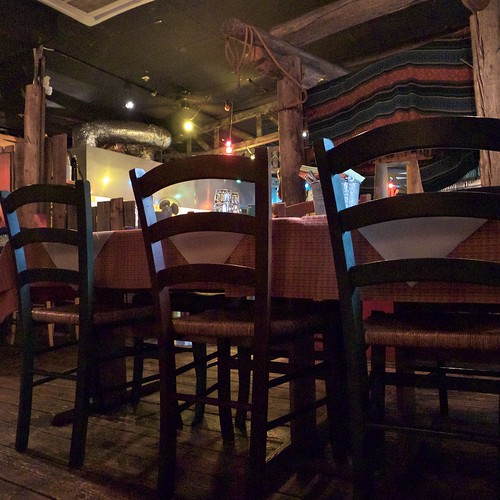

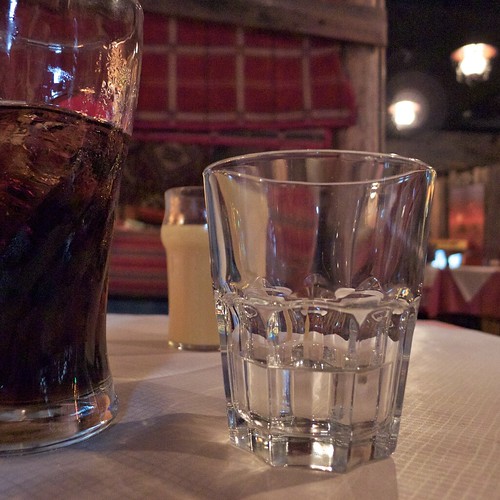



3 comments:
With RAWs in Aperture (and most of other RAW processing SW) you already start from Aperture's own interpretation of the RAW data. Aperture has a database of camera profiles/settings that it applies to each RAW file you import (it will most of the time try to match the camera's standard picture setting). This is controlled through the Boost slider in the RAW fine tuning control block.
I personally usually don't like Aperture interpretation and since I don't like not knowing what is done behind the slider, I always set it to 0 after import so that I can start with the actual RAW data (or so I believe). The image will look very dull.
Usually, setting exposure +1, recovery +1, contrast +0.15 to +0.2, definition +0.2 will get you back to what I would call a basic interpretation.
I usually set saturation +1.3 but I'm pretty sure you won't like it too much.
From there, I believe that playing with black point and recovery sliders is a must. Recovery might not be too much usefull to you since I noticed that you shoot underexposed most of the time and you won't therefore get too much blown highlights (you can check it by activating the curves control and select extended range. Everything beyond the normal range in the histogram will be clipped).
To me, the main advantage of setting the boost slider to 0 and start from there is that I have the feeling that I have more subtle control over adjustments like contrast, highlights and shadows, curves, etc.
@Christophe: This was exactly the recipe I needed! No boost, the then adjustments. I put saturation to between 0.7...0.9 which seems fine to my purposes.
Also, extended range seems useful. Shooting jpeg I have grown rather wary of overexposure, and in any case I like the look a somewhat darker photographs. But with RAW one doesn't need to be so careful, I guess.
Answer to the RAW vs. JPEG question: A, C, E were JPEG versions and B, D and F were the RAW versions.
Post a Comment